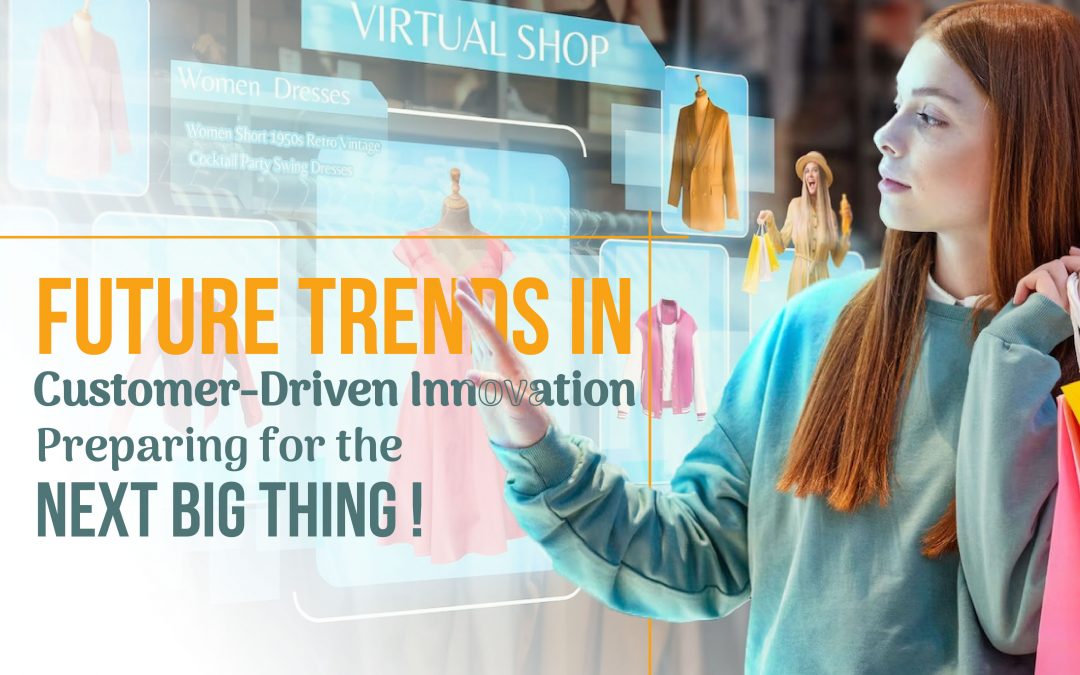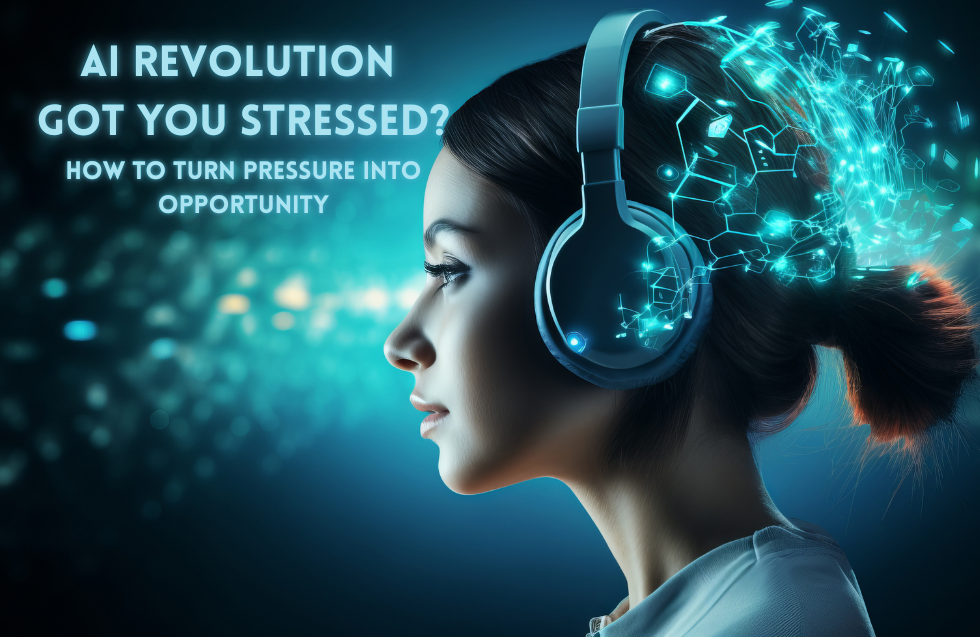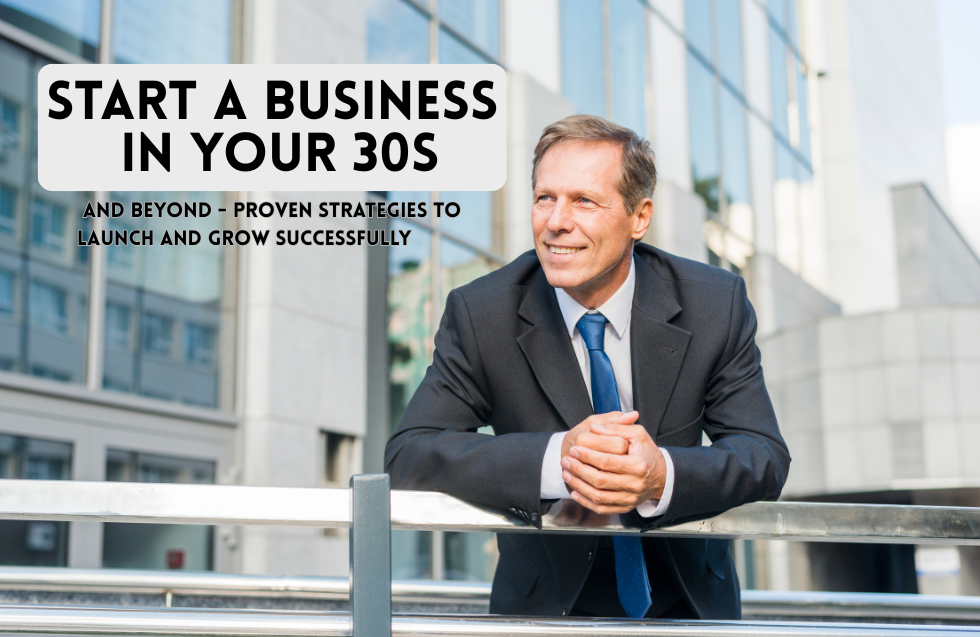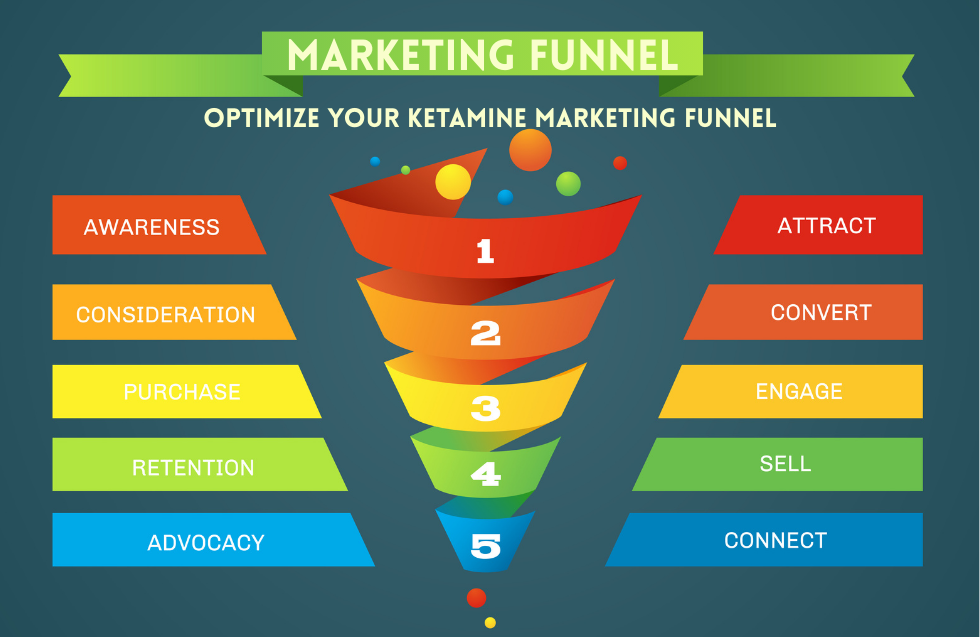In today’s dynamic business environment, staying ahead requires a keen focus on customer-driven innovation. This approach is not just about adapting to current trends but also anticipating future shifts. By understanding and implementing key strategies, businesses can harness customer insights to drive innovation and create exceptional experiences. Let’s explore these future trends and strategies for preparing for the next big thing in customer-driven innovation.
1. Hyper-Personalization
Trend Overview: Hyper-personalization involves using real-time data and advanced analytics to tailor experiences to individual customer needs. This trend is redefining how businesses interact with their customers, making each touchpoint uniquely relevant.
Preparing for the Future:
- Invest in Data Analytics: Utilize big data and machine learning to gain deep insights into individual preferences and behaviors.
- Leverage AI and Automation: Implement AI tools to automate and enhance personalized interactions.
- Focus on Customer Feedback: Regularly solicit and act on feedback to refine personalization strategies.
Innovative Ideas to Improve Customer Experience:
- Tailor Offers and Recommendations: Use AI to provide product recommendations based on browsing history and purchasing patterns.
- Create Personalized Content: Develop content that resonates with individual interests and past interactions.
2. Customer Co-Creation
Trend Overview: Customer co-creation engages customers directly in the innovation process, from ideation to testing. This approach not only aligns products and services with customer needs but also fosters a deeper connection with your brand.
Preparing for the Future:
- Build Collaborative Platforms: Develop spaces where customers can contribute ideas and feedback.
- Foster a Community: Cultivate an engaged customer base that feels valued and involved.
- Use Agile Methodologies: Apply agile practices to quickly incorporate customer input into development.
How to Create a Customer-Driven Innovation Strategy:
- Define Objectives: Set clear goals for customer involvement in the innovation process.
- Select Tools and Platforms: Choose the right tools to facilitate customer participation and feedback.
- Evaluate and Iterate: Regularly review the effectiveness of co-creation initiatives and make improvements.
3. Sustainability and Ethical Innovation
Trend Overview: As sustainability becomes a priority for consumers, businesses must innovate with environmental and social considerations in mind. Ethical practices are increasingly influencing customer loyalty and brand reputation.
Preparing for the Future:
- Integrate Sustainability into Core Values: Embed sustainable practices into your business strategy.
- Communicate Transparently: Share your efforts and progress towards sustainability with your customers.
- Adopt Circular Economy Principles: Explore ways to reduce waste and enhance product lifecycle sustainability.
Customer-Centric Product Development:
- Prioritize Eco-Friendly Materials: Choose materials and processes that minimize environmental impact.
- Design for Longevity: Create products that are durable and can be easily repaired or recycled.
4. Immersive Technologies Customer Driven
Trend Overview: Immersive technologies such as VR and AR offer interactive experiences that enhance customer engagement. These technologies are becoming crucial for businesses aiming to stand out in a competitive market.
Preparing for the Future:
- Experiment with AR/VR: Develop applications that provide virtual try-ons, interactive product demonstrations, or immersive storytelling.
- Stay Ahead of Technological Advancements: Keep up with the latest in AR/VR to remain competitive.
- Measure Impact and ROI: Assess the effectiveness of immersive experiences in driving engagement and sales.
What Is Innovation Example?:
- Virtual Try-Ons: Implement AR to allow customers to virtually try on products, enhancing their shopping experience.
5. AI-Driven Customer Insights
Trend Overview: AI is transforming how businesses analyze and utilize customer data. AI-driven insights help companies anticipate needs, personalize interactions, and optimize marketing strategies.
Preparing for the Future:
- Implement AI Tools: Invest in platforms that provide AI-driven analytics and customer insights.
- Train Your Team: Ensure your team is equipped to leverage AI insights effectively.
- Ensure Data Privacy: Prioritize data security to maintain customer trust.
What Is a Computing Innovation?:
- A computing innovation refers to the creation or application of technology that enhances computing processes or introduces new functionalities. Predictive analytics exemplifies this by using AI to forecast customer behavior, allowing businesses to tailor strategies based on these insights. This approach helps in anticipating market trends, optimizing marketing efforts, and improving customer satisfaction through personalized experiences.
6. Omni-Channel Engagement Customer Driven
Trend Overview: Customers engage with brands through multiple channels, and delivering a seamless experience across these touchpoints is essential. Omni-channel strategies ensure consistency and enhance overall customer satisfaction.
Preparing for the Future:
- Develop an Integrated Strategy: Create a cohesive approach that connects online and offline channels.
- Utilize Cross-Channel Data: Analyze data from various channels to get a holistic view of customer interactions.
- Enhance Customer Service: Provide support across all channels to meet customers wherever they are.
How to Deliver Great Customer Experience:
- Ensure Consistency Across Channels: Maintain uniformity in messaging and service quality.
- Streamline Customer Interactions: Make it easy for customers to transition between channels.
7. Design Thinking for Customer-Centric Innovation
Trend Overview: Design thinking emphasizes empathy, ideation, and iteration. It’s a powerful approach for developing customer-centric innovations by focusing on the user’s needs and experiences.
Techniques and Best Practices:
- Empathy Mapping: Understand and empathize with your customers’ experiences and challenges.
- Ideation Workshops: Facilitate brainstorming sessions to generate creative solutions.
- Prototyping and Testing: Develop prototypes and gather feedback to refine ideas.
Creating a Culture of Innovation:
- Encourage Customer-Centric Thinking: Foster a culture where understanding and prioritizing customer needs is central to innovation.
- Support Cross-Functional Collaboration: Promote teamwork across different departments to drive holistic solutions.
How Can You Encourage Innovation in the Workplace?:
- Foster a Collaborative Environment: Create spaces and opportunities for team members to share ideas and work together.
8. The Role of Cross-Functional Teams in Developing Customer-Driven Innovations
Trend Overview: Cross-functional teams bring diverse perspectives and expertise to the innovation process, enhancing creativity and effectiveness. Collaboration across departments is key to developing comprehensive customer-driven solutions.
Preparing for the Future:
- Build Diverse Teams: Assemble teams with varied skills and experiences to tackle innovation challenges.
- Facilitate Collaboration: Use tools and processes that encourage communication and joint problem-solving.
- Align Goals: Ensure that all team members share a common vision and objectives for innovation.
How Can You Encourage Innovation in the Workplace?:
- Foster a Collaborative Environment: Create spaces and opportunities for team members to share ideas and work together.
9. Implementing a Customer Advisory Board
Trend Overview: A customer advisory board (CAB) provides valuable insights and feedback from key customers, guiding your innovation strategy and helping to align your offerings with market needs.
Preparing for the Future:
- Select Advisory Board Members: Choose customers who are influential and representative of your target audience.
- Conduct Regular Meetings: Hold frequent meetings to gather insights and discuss innovation opportunities.
- Act on Feedback: Implement the suggestions and feedback from your advisory board to improve your offerings.
How Do You Create a Unique Customer Experience?:
- Leverage Advisory Insights: Use feedback from your CAB to tailor experiences and address specific customer needs.
10. Using Customer Journey Mapping to Identify Opportunities for Innovation
Trend Overview: Customer journey mapping visualizes the entire customer experience, from initial contact to post-purchase interactions. It helps identify pain points and opportunities for innovation.
Preparing for the Future:
- Create Detailed Maps: Document each stage of the customer journey and identify key touchpoints.
- Analyze Pain Points: Use the maps to pinpoint areas where customers face challenges or have unmet needs.
- Develop Targeted Solutions: Design innovations that address the identified pain points and enhance the overall experience.
What Is the Best Customer Experience?:
- Optimized Journey Mapping: Use journey maps to deliver a seamless and satisfying experience at every stage.
11. Open Innovation
Trend Overview: Open innovation involves leveraging external ideas and technologies to accelerate innovation processes. By collaborating with external partners, businesses can tap into a broader pool of ideas and expertise.
Preparing for the Future:
- Foster External Partnerships: Engage with startups, academic institutions, and other organizations to explore new ideas and technologies.
- Encourage Knowledge Sharing: Create opportunities for exchanging insights and collaborating on innovative projects.
- Integrate External Innovations: Implement ideas and solutions from external sources to enhance your product offerings and business processes.
Customer-Centric Product Development:
- Incorporate External Feedback: Use insights from partners and customers to refine and enhance your products and services.
Conclusion
Staying ahead in the realm of customer-driven innovation requires a proactive approach and a deep understanding of emerging trends. By focusing on hyper-personalization, co-creation, sustainability, immersive technologies, AI insights, omni-channel engagement, design thinking, cross-functional collaboration, customer advisory boards, journey mapping, and open innovation, businesses can drive meaningful innovations that meet and exceed customer expectations.
Embracing these strategies and integrating customer feedback into your innovation processes will not only help you navigate future trends but also ensure that you’re well-prepared for the next big thing in customer-driven innovation.













